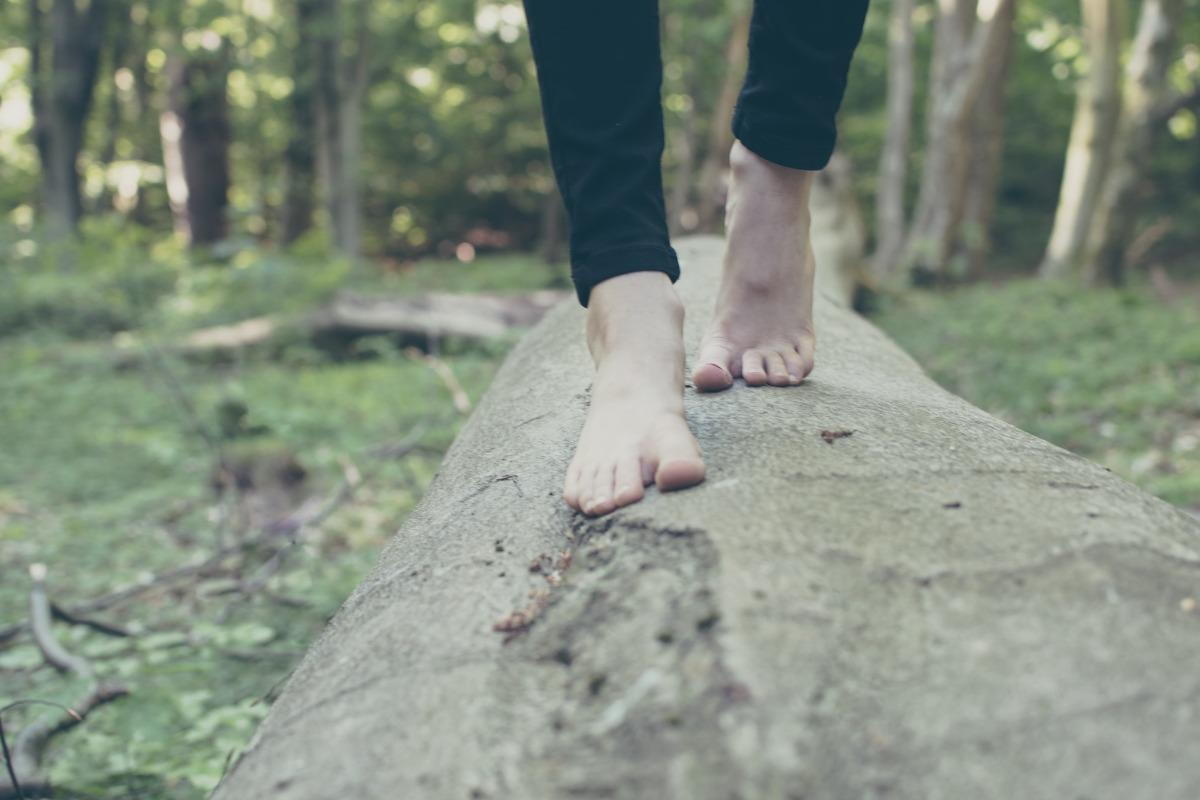A Guide to Bunions: Causes, Symptoms, and Treatment
posted: Apr. 19, 2023.

Whether you’re a dancer, commuter, runner, or a simple human making it day to day, you must be well aware of bunions. Bunions are a common foot condition that affects millions of people worldwide. It is a bony bump that forms at the base of the big toe, causing it to point toward the other toes. This condition can be painful and uncomfortable, making it difficult to walk or wear certain types of shoes.
Today, we will discuss what you should know about bunions, including the causes, symptoms, and treatment options.
The Causes of Bunions
Bunions are more common in women than in men, and they tend to run in families. They can also be caused by wearing tight, narrow shoes that squeeze the toes together. This can cause the bones in the foot to shift and the joint at the base of the big toe to become misaligned. People who have flat feet or low arches are also more likely to develop bunions, as are those who have arthritis in the foot.
The Symptoms of Bunions
The most obvious symptom of a bunion is the bony bump on the side of the foot at the base of the big toe. Other symptoms include pain and tenderness in the affected area, swelling, redness, and difficulty moving the big toe. Some people may also develop calluses or corns on the affected foot due to the pressure and friction caused by wearing shoes that don't fit properly.
The Treatment Options
There are several treatment options for bunions, depending on the severity of the condition. In mild cases, changing to more comfortable shoes that provide enough room for the toes to move freely can help relieve the pain and discomfort associated with bunions. Using pads or cushions to protect the affected area can also provide relief.
In some cases, orthotics or custom-made shoe inserts may be recommended to help correct the alignment of the foot and reduce the pressure on the bunion. This can help slow down the progression of the condition and prevent it from getting worse.
If the bunion is causing severe pain and discomfort or affecting your ability to walk or perform daily activities, surgery may be necessary. Bunion surgery involves removing the bony bump and realigning the bones in the foot. This can be done through a variety of techniques, including osteotomy, arthrodesis, and exostectomy.
How to Prevent Bunions
Preventing bunions involves wearing comfortable shoes that provide enough room for the toes to move freely. Avoiding tight, narrow shoes and high heels can help reduce the risk of developing bunions. Choosing shoes with a wide toe box and good arch support can also help keep your feet healthy and prevent foot problems.
Maintaining a healthy weight and exercising regularly can also help prevent bunions by reducing the pressure on the feet and keeping the muscles and ligaments strong and flexible.
Conclusion
Bunions are a common foot condition that can be painful and uncomfortable. They are caused by a variety of factors, including genetics, shoe choices, and foot structure. Treatment options include changing to more comfortable shoes, using pads or cushions to protect the affected area, and in severe cases, surgery. Prevention involves wearing comfortable shoes that provide enough room for the toes to move freely and maintaining a healthy weight and lifestyle. By taking steps to prevent and treat bunions, you can keep your feet healthy and pain-free.
Are you in need of treatment for bunions in Toronto? Sheldon Nadal D.P.M is a general foot specialist that addresses and treats foot-related ailments. Contact the clinic today to schedule your appointment!